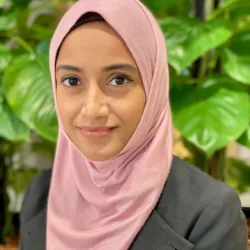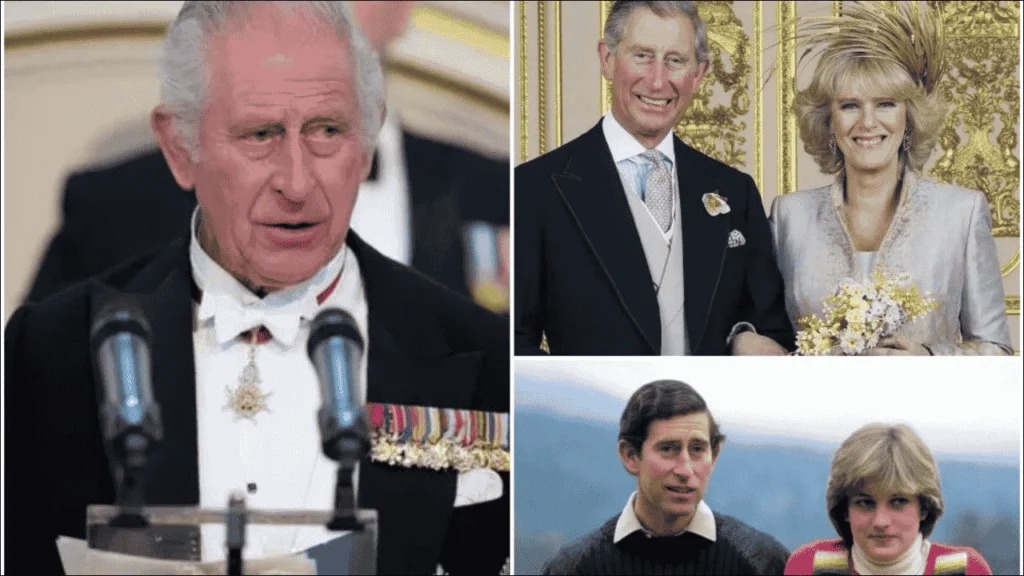
When Prince Charles married Princess Diana in 1981, the world thought it was a fairy tale come true. But behind palace walls, a third person lingered in the marriage — Camilla Parker Bowles. Diana herself famously said, “There were three of us in this marriage.”
Camilla was no ordinary “other woman.” She had known Charles long before Diana entered the picture. And while she faced scandal, heartbreak, and public scrutiny, she ultimately achieved what many claimed was her lifelong dream — becoming Queen alongside King Charles III.
Table of Contents
A Privileged Beginning in London Society
Camilla Rosemary Shand was born on July 17, 1947, into British high society. Her father, Major Bruce Shand, was a decorated World War II veteran and wine merchant. Her mother, Rosalind Cubitt, came from aristocracy as the daughter of the 3rd Baron Ashcombe.
Camilla had two younger siblings — sister Annabel Elliot, and brother Mark Shand, a noted conservationist who tragically passed away in 2014 after an accident in New York.
The Shands split their time between a grand South Kensington townhouse and their lavish East Sussex estate, The Laines, valued at millions today.

School Days
Camilla attended Queen’s Gate School in London, where she developed a love for reading, horse riding, and outdoor activities. Friends recalled her as lively, confident, and possessing a certain charm — though academics weren’t her strong suit.
In 1964, she left school with just one O-level qualification, far fewer than most students. Still, family connections and wealth ensured her social position was unshaken.

Swiss Finishing School and Parisian Flair
Instead of pursuing A-levels, Camilla attended Mon Fertile Finishing School in Switzerland, where she refined her social manners and built confidence in navigating the male-dominated upper-class world.
She also spent six months in Paris studying French language and literature — without the academic credentials most students needed to enter university. But in Britain’s elite circles, money and status often outweighed formal education.

Party Girl of the Swinging Sixties
The late 1960s saw Camilla embracing London’s vibrant party scene. She shared a Kensington apartment with friends, worked briefly as a secretary, and enjoyed the company of Britain’s aristocratic set.
But unlike her peers who quickly settled into marriages with titled men, Camilla was in no rush. According to acquaintances, she was “holding out for a king” — a statement that would later seem prophetic.

Meeting Andrew Parker Bowles
Camilla’s love for horses led her to polo matches, where she met Andrew Parker Bowles, a dashing cavalry officer. They moved in the same social circles, and their relationship would be long and complicated.
But Camilla’s family history had another intriguing royal connection: her great-grandmother, Alice Keppel, was the mistress of King Edward VII — Charles’s great-great-grandfather. Affairs with kings, it seemed, ran in the family.

The First Encounter with Prince Charles
In 1970, mutual friend Lucía Santa Cruz introduced Camilla to the 22-year-old Prince of Wales at a house party. They bonded instantly over a shared sense of humor and a love for The Goon Show, a quirky BBC radio comedy.
Charles was captivated. The pair began spending time together, riding horses, attending polo matches, and enjoying the English countryside.

Why the Palace Said “No” to Camilla
Despite their growing romance, Camilla was not considered a suitable bride for the future king. Royal tradition dictated that Charles should marry a young, aristocratic virgin — and Camilla’s romantic history excluded her from the shortlist.
Charles’s uncle, Lord Mountbatten, allegedly advised him to “sow his wild oats” before marrying someone considered appropriate. Not long after, Charles left for naval service abroad.

Camilla’s Sudden Engagement
While Charles was overseas, Camilla rekindled her relationship with Andrew Parker Bowles. In 1973, her father, impatient for a wedding, placed an engagement announcement in The Times. Under pressure, Andrew proposed, and Camilla accepted.
Their wedding, attended by royals and society’s elite, was dubbed “The Society Wedding of the Year.” The couple settled into country life and had two children — Tom (with Charles as godfather) and Laura.

An Affair in the Shadows
Charles married Diana in 1981, but his connection to Camilla never faded. By the mid-1980s, they had resumed their romantic relationship.
The affair was conducted in secrecy — palace alarms were disabled, lights were kept off during visits, and Charles earned the nickname “The Prince of Darkness” for his late-night departures from Camilla’s home.

Public Scandal and Diana’s Confession
By the early 1990s, rumors about the affair were rampant. In her 1995 BBC interview, Diana confirmed, “There were three of us in this marriage, so it was a bit crowded.”
The revelations damaged Charles’s public image, and Camilla was vilified in the press. Yet behind the scenes, their relationship endured.

From Mistress to Wife
After Charles’s divorce from Diana and Camilla’s divorce from Andrew, the couple slowly began appearing in public together. Camilla eventually won over key members of the royal family, including Queen Elizabeth II.
On April 9, 2005, Charles and Camilla married in a low-key civil ceremony at Windsor Guildhall. The Queen acknowledged the challenges they had faced and offered her public blessing at the reception.

Taking on Royal Duties
As Duchess of Cornwall, Camilla embraced her role in the royal family. She accompanied Charles on state visits across the globe, from the U.S. and Australia to Africa and the Caribbean.
She became patron or president of over 100 charities, supporting causes such as literacy, domestic abuse prevention, animal welfare, and osteoporosis awareness — the latter in memory of her mother and grandmother.

Health Struggles
A heavy smoker for decades, Camilla quit in 2001 with the help of alternative healer Dr. Mosaraf Ali. She has also faced surgeries and injuries, including a hysterectomy in 2007 and a fractured leg in 2010.
Despite these challenges, she has remained active in her royal duties, often described as down-to-earth and approachable in contrast to the formality of other royals.

Becoming Queen Consort
In 2022, following the death of Queen Elizabeth II, Charles ascended the throne as King Charles III. Camilla became Queen Consort, fulfilling the role she had been preparing for over decades.
In 2023, during Charles’s coronation, she was crowned alongside him — marking her complete transformation from the “other woman” to a central figure in the monarchy.

Legacy and Public Perception
Camilla’s journey has been one of the most dramatic image turnarounds in royal history. Once blamed for the breakdown of Charles and Diana’s marriage, she has steadily gained respect for her charity work, loyalty to Charles, and resilience in the face of intense public scrutiny.
While opinions remain divided, her place in royal history is secure — and her story is a reminder that in the world of monarchy, the road to the crown is rarely straightforward.





